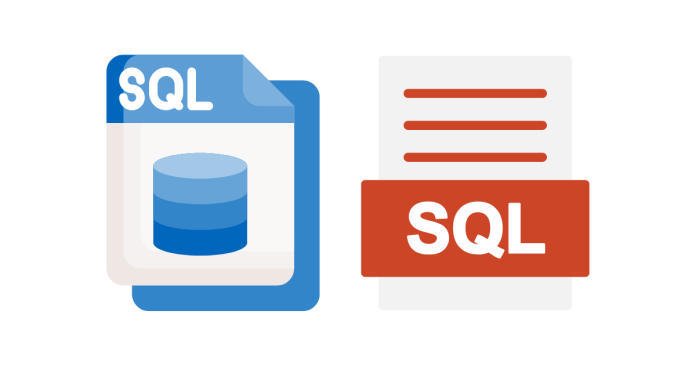You can use the UPDATE statement with a JOIN to update data in one table based on a match with another table in SQL. Here’s how you can perform an UPDATE from one table to another based on an ID match:
SQL Syntax for Update Using Join
UPDATE table1
SET table1.column_to_update = table2.column_to_use
FROM table1
JOIN table2
ON table1.id = table2.id
WHERE some_condition;
Explanation:
table1: The table you want to update.table2: The table containing the data you want to use to updatetable1.column_to_update: The column intable1that you want to update.column_to_use: The column intable2from which you will take the new value.id: The column used to match the rows between the two tables.WHERE some_condition: Optional condition to filter the rows to update. If you want to update all matching rows, you can omit this.
Example:
Assume you have two tables:
- employees: Stores employee details.
- new_salaries: Stores updated salary information for employees.
Table: employees
| id | name | salary |
|---|---|---|
| 1 | John | 5000 |
| 2 | Alice | 6000 |
| 3 | Bob | 4500 |
Table: new_salaries
| id | new_salary |
|---|---|
| 1 | 5500 |
| 2 | 6500 |
To update the salary in the employees table with the new_salary from the new_salaries table based on the id, you would write the following SQL query:
UPDATE employees
SET employees.salary = new_salaries.new_salary
FROM employees
JOIN new_salaries
ON employees.id = new_salaries.id;
Result:
After executing the query, the employees table would be updated like this:
| id | name | salary |
|---|---|---|
| 1 | John | 5500 |
| 2 | Alice | 6500 |
| 3 | Bob | 4500 |
As you can see, only the employees whose id matched in both tables (John and Alice) have had their salaries updated.
Notes:
- The
JOINcan be done with other types likeLEFT JOIN,RIGHT JOIN, etc., depending on your needs. - If there are multiple rows in
table2matchingtable1, it may result in multiple updates for the same row intable1.


